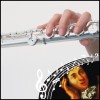Composers
Buxtehude Dietrich was a very famous German-Danish music organist and along with Heinrich Schütz, Buxtehude is also considered as the most important German composers of the mid-Baroque period. Many composers of the Baroque period, including Johann Sebastian Bach, were deeply influenced by Buxtehude’s musical style.
Initially, the time knowledge of Buxtehude's works was limited to the organ and major sacred choral works, but afterwards, along with the other Baroque composers, Dietrich Buxtehude was "rediscovered" in the mid-nineteenth century, and his organ works were republished as an example of the style current before J.S. Bach.
Buxtehude Dietrich has composed a range of vocal and instrumental idioms; Buxtehude’s musical work comprises a central part of the standard organ. His repertoire (the list of dramas, operas, parts, pieces, etc. that an actor or singer prepared to perform) was frequently presented at recital for the church services.
Buxtehude’s interest in chamber music works, however, has gathered recently. In these frolics, which were based on great imagination of contrapuntal traditions and a freer, Buxtehude used very fanciful style.
Buxtehude's imagination; which always gives his works a lively touch, proved as amazing and fanciful, with improvisational feeling.
Buxtehude Dietrich was born in Oldesloe in 1637. There have been a great controversy at the year and birth country of Buxtehude, many scholars disputed that, Buxtehude was born in 1637 in Helsingborg, Skåne, at the Denmark (which is now a part of Sweden).
Buxtehude father was an organist and schoolmaster. He was also the first music teacher of Buxtehude. Dietrich Buxtehude’s father moved from Oldesloe to Helsingborg, where he got a position of an organist at the Mariekirke in Helsingborg, and performed his duties at this post for thirty years, until his retirement in 1671.
Buxtehude always liked to identify himself as Danish. According to his obituary “Buxtehude always recognized Denmark as his native country, whence he came to our region and lived about 70 years".
However, others scholars claim that, Buxtehude was born at Oldesloe in the Duchy of Holstein, which was a part of the Danish Monarchy but now is the part of Germany. According to these scholars, Buxtehude later in his life Germanized his name and began signing documents Dieterich Buxtehude.
He first performed his duty as an organist in Helsingborg, from 1657 to 1658, then he served at Elsinore, from 1660 to 1668, and in the last he moved to Lübeck in 1668, and performed his service as an organist.
In 1668, Buxtehude was elected as an organist at the Marienkirche in Lübeck, where he succeeded Franz Tunder, and latter, Buxtehude had got married with Tunder’s younger daughter, named as Anna Margarethe in 1668.
At the Marienkirche in Lübeck, His position afforded him considerable latitude for his musical career. Soon, Buxtehude’s autonomy became a model for the careers of later Baroque masters, such as, George Frideric Handel, Johann Mattheson, Georg Philipp Telemann and Johann Sebastian Bach.
In Lübeck, Buxtehude had also made some changes in the musical traditions of the Marienkirche church, by establishing a series of Abendmusik concerts that is now performed on Sunday afternoons at yearly events and caught a wide range of public interest.
In 1673, Buxtehude had reorganized a series of evening musical performances, initiated by Tunder, known as Abendmusik, which later attracted many musicians from diverse parts and remained a feature of the church until 1810.
There is no doubt in that, as an organist, Buxtehude had represented the height of North German keyboard traditions by exercising a decisive influence over the coming generations, notably on Johann Sebastian Bach, who was very impressed by Buxtehude’s musical compositions and undertook a long journey from Arnstadt to Lübeck, in order to hear Buxtehude’s play.
Brahms and Handel were too impressed by Buxtehude’s work and visited Lübeck in 1703, with his Hamburg friend and colleague Mattheson, especially for Buxtehude.
In 1707, there was a need of appointing a successor to Buxtehude, who was nearly seventy years old and had spent over thirty years at the Marienkirche. At that time the condition of getting marriage with predecessor’s daughter; as Buxtehude had also faithfully fulfilled, however, passed to Johann Christian Schieferdecker, who later got married with Buxtehude’s surviving daughter, three months after the death of Buxtehude.
Buxtehude is still today, regarded as the greatest composer of the northern European Baroque in the period between Heinrich Schütz and J.S. Bach. His nineteen organ praeludia or preludes form the core of Buxtehude’s work are ultimately considered as his most important contributions to music literature of the seventeenth century.
Buxtehude’s these preludes, along with pieces by Nikolaus Bruhns; represent the highest evolution of the north German organ prelude, and the so-called stylus phantasticus. These preludes are quite varied in style and unique in their structure. The texture of these preludes is always show three-voice, with many instances of four-voice polyphony and occasional sections in five voices.
A bulk of Buxtehude's oeuvre consists of vocal music (which presents a range of musical styles) and organ works (which is mostly based on chorale settings and large-scale sectional forms). Buxtehude's chamber music constitutes a minor part of the surviving output, which was the Buxtehude’s only works published during his lifetime; as a fourteen chamber sonatas, while many of Buxtehude's compositions have been unfortunately, lost.
Buxtehude's pieces that mostly employ free writing or sectional structure include works titled toccata, praeambulum, etc. Buxtehude's all chorale settings fall into three distinct types: chorale preludes, chorale fantasias and chorale variations.
Buxtehude's chorale preludes are usually four-part cantus firmus settings of one stanza of the chorale. The melody of chorale preludes is presented in an elaborately ornamented version in the upper voice.
Buxtehude also introduced a modern term named as “The chorale fantasias” which can be define as; the large-scale virtuosic sectional compositions that cover a whole strophe of the text and are somewhat similar to chorale concertos in their treatment of the text.
According to the chorale fantasias, each verse should be developed separately, allowing for technically and emotionally contrasting sections within one composition.
He composed three ostinato bass works, two chaconnes (BuxWV 159–160) and a passacaglia (BuxWV 161) along with Pachelbel's six organ chaconnes.
This whole work is among the Buxtehude's best-known works and has great influenced over the numerous composers after him. Buxtehude Dietrich died in 1707.
Recently Added
Biography
Buxtehude Dietrich was a very famous German-Danish music organist and along with Heinrich Schütz, Buxtehude is also considered as the most important German composers of the mid-Baroque period. Many composers of the Baroque period, including Johann Sebastian Bach, were deeply influenced by Buxtehude’s musical style.
Initially, the time knowledge of Buxtehude's works was limited to the organ and major sacred choral works, but afterwards, along with the other Baroque composers, Dietrich Buxtehude was "rediscovered" in the mid-nineteenth century, and his organ works were republished as an example of the style current before J.S. Bach.
Buxtehude Dietrich has composed a range of vocal and instrumental idioms; Buxtehude’s musical work comprises a central part of the standard organ. His repertoire (the list of dramas, operas, parts, pieces, etc. that an actor or singer prepared to perform) was frequently presented at recital for the church services.
Buxtehude’s interest in chamber music works, however, has gathered recently. In these frolics, which were based on great imagination of contrapuntal traditions and a freer, Buxtehude used very fanciful style.
Buxtehude's imagination; which always gives his works a lively touch, proved as amazing and fanciful, with improvisational feeling.
Buxtehude Dietrich was born in Oldesloe in 1637. There have been a great controversy at the year and birth country of Buxtehude, many scholars disputed that, Buxtehude was born in 1637 in Helsingborg, Skåne, at the Denmark (which is now a part of Sweden).
Buxtehude father was an organist and schoolmaster. He was also the first music teacher of Buxtehude. Dietrich Buxtehude’s father moved from Oldesloe to Helsingborg, where he got a position of an organist at the Mariekirke in Helsingborg, and performed his duties at this post for thirty years, until his retirement in 1671.
Buxtehude always liked to identify himself as Danish. According to his obituary “Buxtehude always recognized Denmark as his native country, whence he came to our region and lived about 70 years".
However, others scholars claim that, Buxtehude was born at Oldesloe in the Duchy of Holstein, which was a part of the Danish Monarchy but now is the part of Germany. According to these scholars, Buxtehude later in his life Germanized his name and began signing documents Dieterich Buxtehude.
He first performed his duty as an organist in Helsingborg, from 1657 to 1658, then he served at Elsinore, from 1660 to 1668, and in the last he moved to Lübeck in 1668, and performed his service as an organist.
In 1668, Buxtehude was elected as an organist at the Marienkirche in Lübeck, where he succeeded Franz Tunder, and latter, Buxtehude had got married with Tunder’s younger daughter, named as Anna Margarethe in 1668.
At the Marienkirche in Lübeck, His position afforded him considerable latitude for his musical career. Soon, Buxtehude’s autonomy became a model for the careers of later Baroque masters, such as, George Frideric Handel, Johann Mattheson, Georg Philipp Telemann and Johann Sebastian Bach.
In Lübeck, Buxtehude had also made some changes in the musical traditions of the Marienkirche church, by establishing a series of Abendmusik concerts that is now performed on Sunday afternoons at yearly events and caught a wide range of public interest.
In 1673, Buxtehude had reorganized a series of evening musical performances, initiated by Tunder, known as Abendmusik, which later attracted many musicians from diverse parts and remained a feature of the church until 1810.
There is no doubt in that, as an organist, Buxtehude had represented the height of North German keyboard traditions by exercising a decisive influence over the coming generations, notably on Johann Sebastian Bach, who was very impressed by Buxtehude’s musical compositions and undertook a long journey from Arnstadt to Lübeck, in order to hear Buxtehude’s play.
Brahms and Handel were too impressed by Buxtehude’s work and visited Lübeck in 1703, with his Hamburg friend and colleague Mattheson, especially for Buxtehude.
In 1707, there was a need of appointing a successor to Buxtehude, who was nearly seventy years old and had spent over thirty years at the Marienkirche. At that time the condition of getting marriage with predecessor’s daughter; as Buxtehude had also faithfully fulfilled, however, passed to Johann Christian Schieferdecker, who later got married with Buxtehude’s surviving daughter, three months after the death of Buxtehude.
Buxtehude is still today, regarded as the greatest composer of the northern European Baroque in the period between Heinrich Schütz and J.S. Bach. His nineteen organ praeludia or preludes form the core of Buxtehude’s work are ultimately considered as his most important contributions to music literature of the seventeenth century.
Buxtehude’s these preludes, along with pieces by Nikolaus Bruhns; represent the highest evolution of the north German organ prelude, and the so-called stylus phantasticus. These preludes are quite varied in style and unique in their structure. The texture of these preludes is always show three-voice, with many instances of four-voice polyphony and occasional sections in five voices.
A bulk of Buxtehude's oeuvre consists of vocal music (which presents a range of musical styles) and organ works (which is mostly based on chorale settings and large-scale sectional forms). Buxtehude's chamber music constitutes a minor part of the surviving output, which was the Buxtehude’s only works published during his lifetime; as a fourteen chamber sonatas, while many of Buxtehude's compositions have been unfortunately, lost.
Buxtehude's pieces that mostly employ free writing or sectional structure include works titled toccata, praeambulum, etc. Buxtehude's all chorale settings fall into three distinct types: chorale preludes, chorale fantasias and chorale variations.
Buxtehude's chorale preludes are usually four-part cantus firmus settings of one stanza of the chorale. The melody of chorale preludes is presented in an elaborately ornamented version in the upper voice.
Buxtehude also introduced a modern term named as “The chorale fantasias” which can be define as; the large-scale virtuosic sectional compositions that cover a whole strophe of the text and are somewhat similar to chorale concertos in their treatment of the text.
According to the chorale fantasias, each verse should be developed separately, allowing for technically and emotionally contrasting sections within one composition.
He composed three ostinato bass works, two chaconnes (BuxWV 159–160) and a passacaglia (BuxWV 161) along with Pachelbel's six organ chaconnes.
This whole work is among the Buxtehude's best-known works and has great influenced over the numerous composers after him. Buxtehude Dietrich died in 1707.
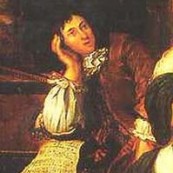














![Essential Organ [CD 1 of 2]](http://static.classicalm.com/repository/collection-cover/small/1307-img1359479519576972.jpg)
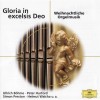
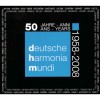
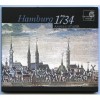
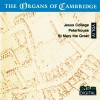
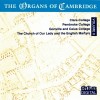
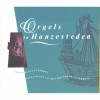
![Great European Organs. 51-Peter King [Bath Abbey]](http://static.classicalm.com/repository/collection-cover/small/941-img1342340028618105.jpg)
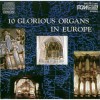
![Great European Organs. 24-Dietrich Wagler [Freiberg Dom]](http://static.classicalm.com/repository/collection-cover/small/887-img1340993647855236.jpg)
![Great European Organs. 55-Konstantin Reymaier [St Jakob Hamburg]](http://static.classicalm.com/repository/collection-cover/small/949-img1342357797819665.jpg)
![12 Organs of Edinburgh [CD 1 of 2]](http://static.classicalm.com/repository/collection-cover/small/765-img1339682459670024.jpg)
![Great European Organs. 33-Matthias Eisenberg [St Goergenkirche Rotha]](http://static.classicalm.com/repository/collection-cover/small/905-img1341488507625287.jpg)
![Het Historische Orgel in Nederland [CD 4 of 20]](http://static.classicalm.com/repository/collection-cover/small/987-img1343218347104706.jpg)
![12 Organs of Edinburgh [CD 2 of 2]](http://static.classicalm.com/repository/collection-cover/small/767-img1339685109419951.jpg)
![Great European Organs. 42-Kristian Olesen [Roskilde Cathedral]](http://static.classicalm.com/repository/collection-cover/small/923-img1341921804741048.jpg)
![Het Historische Orgel in Nederland [CD 9 of 20]](http://static.classicalm.com/repository/collection-cover/small/997-img1343318132824903.jpg)
![Arp Schnitger Organs In Nederland [CD 2 of 2]](http://static.classicalm.com/repository/collection-cover/small/783-img1339952433311111.jpg)
![Great European Organs. 46-Barber Graham [Jacobijnerkerk Leeuwarden]](http://static.classicalm.com/repository/collection-cover/small/931-img1342087331315201.jpg)
![Great European Organs. 12-John Scott Whiteley [St Bavo Haarlem]](http://static.classicalm.com/repository/collection-cover/small/863-img1340965531370432.jpg)
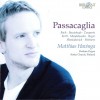
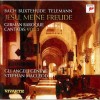
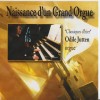
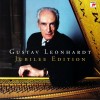
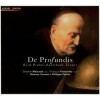
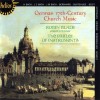
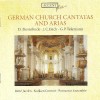
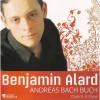
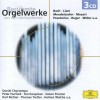
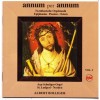
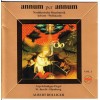
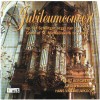
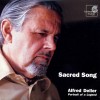
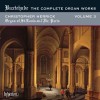
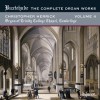
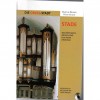
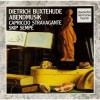
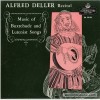
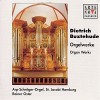
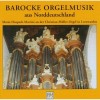
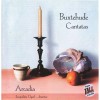
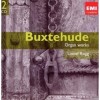
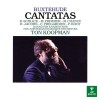
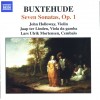
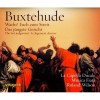
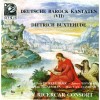
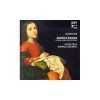
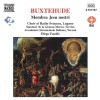
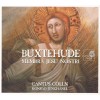
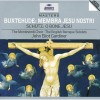
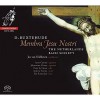
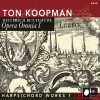
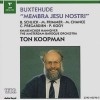
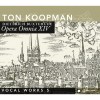
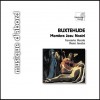
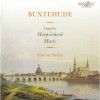
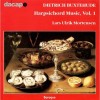
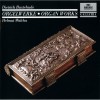
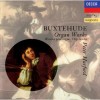
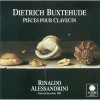

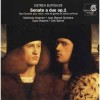
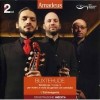
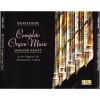
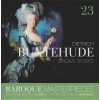
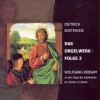
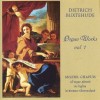
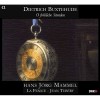
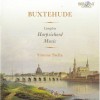
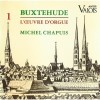
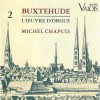
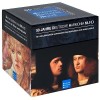
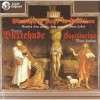
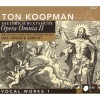
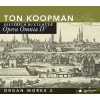
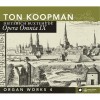
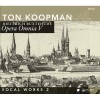
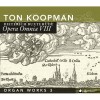
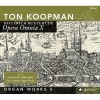
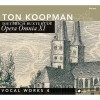
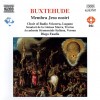
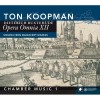
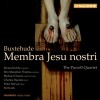
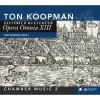

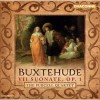
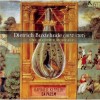
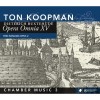
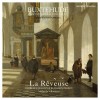
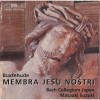
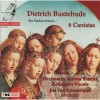
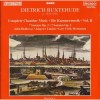
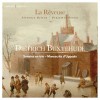
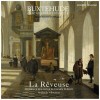
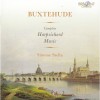
![Pieces pour orgue Vol.1 [Francis Jacob]](http://static.classicalm.com/repository/composition-cover/small/14187-img1338912500590708.jpg)
![Pieces pour orgue Vol.2 [Francis Jacob]](http://static.classicalm.com/repository/composition-cover/small/14189-img1338914162232704.jpg)
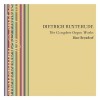
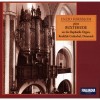
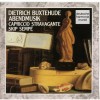
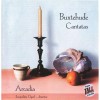
![The Organ [Danby]](http://static.classicalm.com/repository/composition-cover/small/14193-img1338916420408865.jpg)
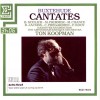
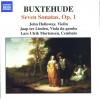
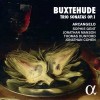
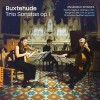
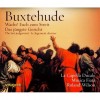
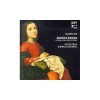
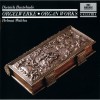
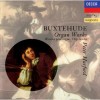

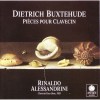

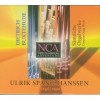
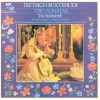

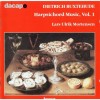
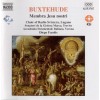
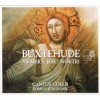
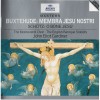
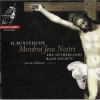

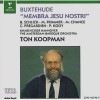
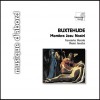
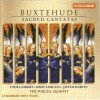
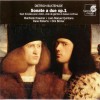
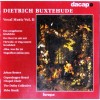
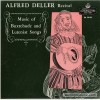
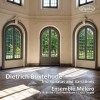
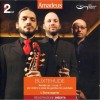
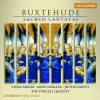
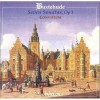
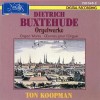
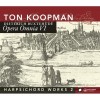
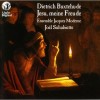

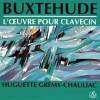
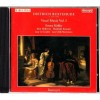
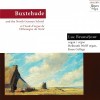

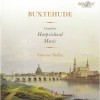
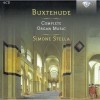
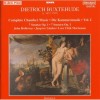
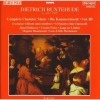
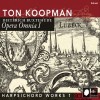
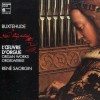
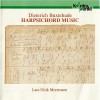
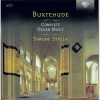
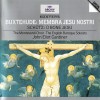
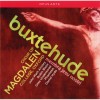
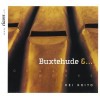
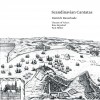
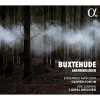
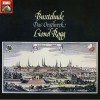
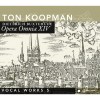
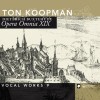
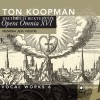
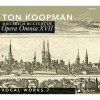

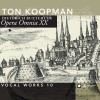
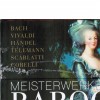
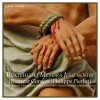
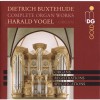

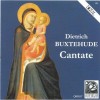
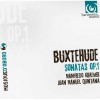

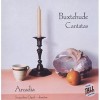
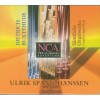
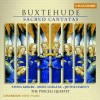
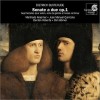
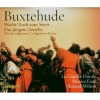
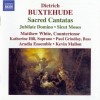
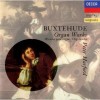
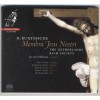
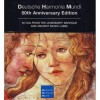

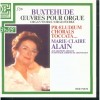
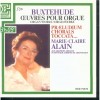
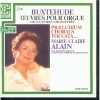
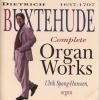
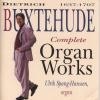
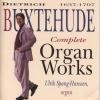
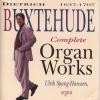
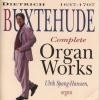
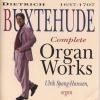
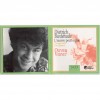
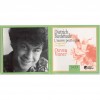
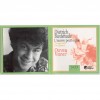
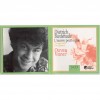
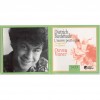
![Cantatas [vocal music] (1–112)](http://static.classicalm.com/repository/section-images/small/664-img1275420518714902.jpg)
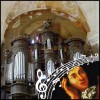
![Chorale preludes and Magnificats [organ] (177–224)](http://static.classicalm.com/repository/section-images/small/667-img1275420647786610.jpg)
